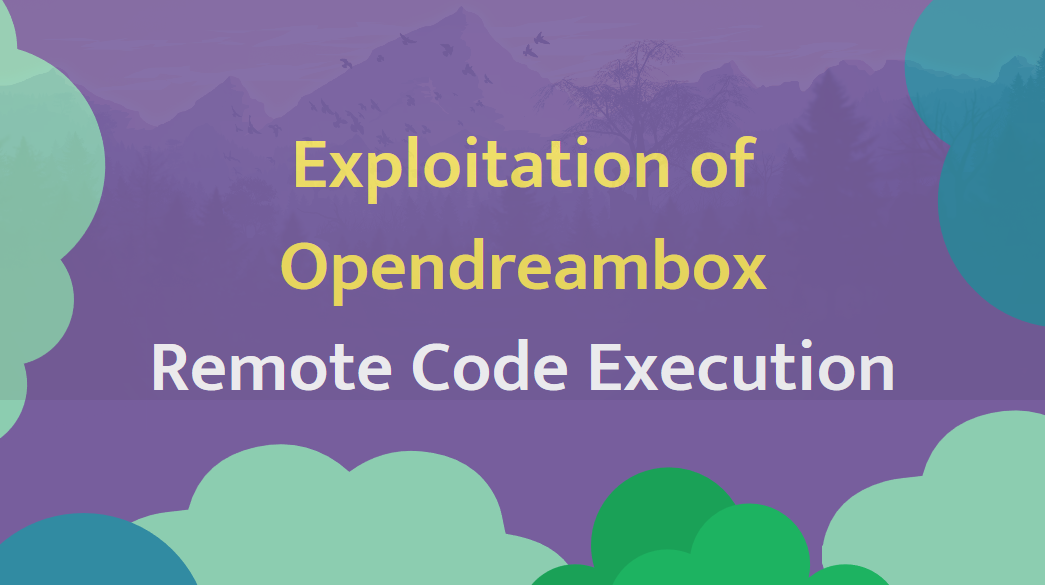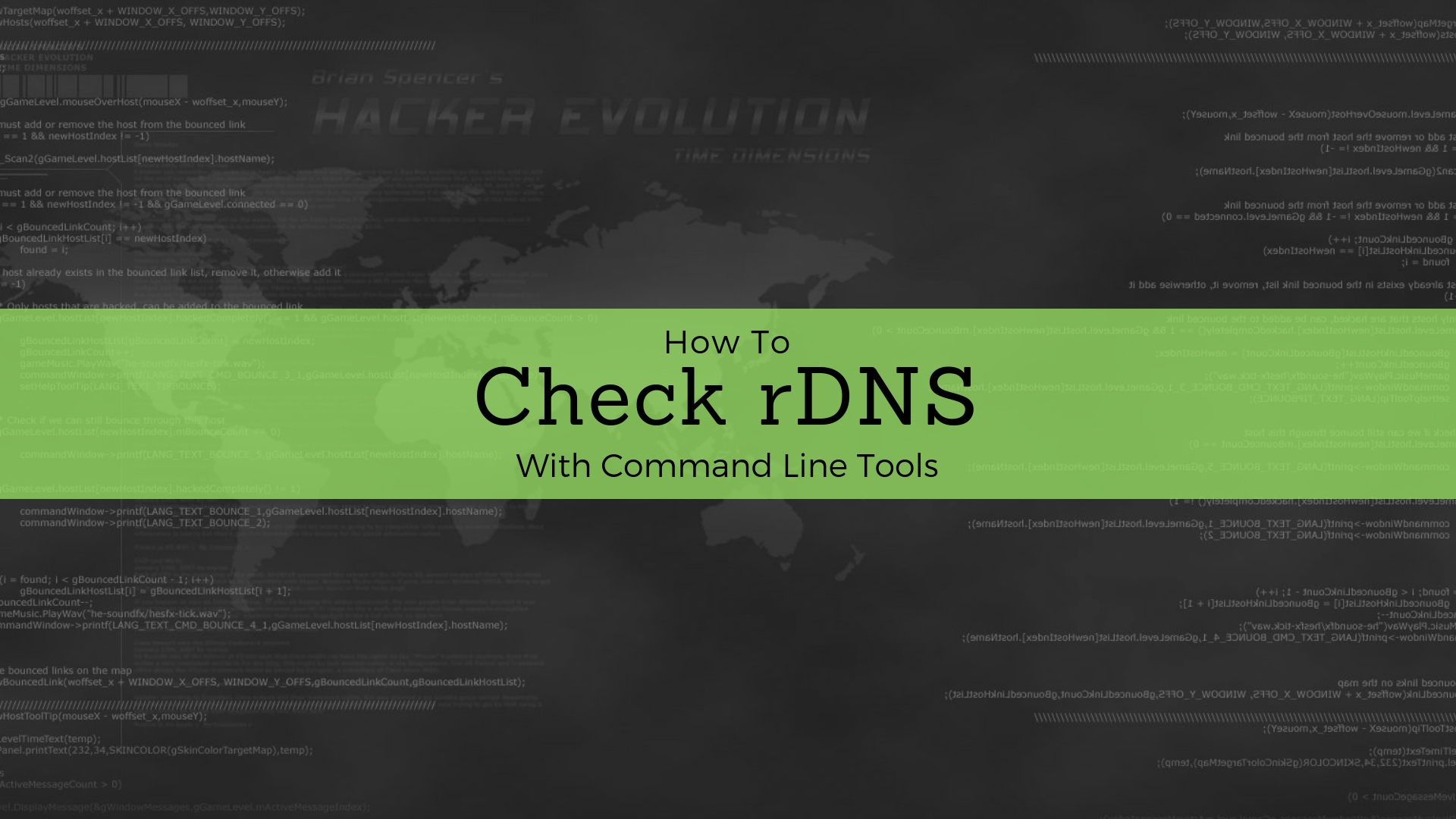
A brute-force attack is when all possible keys are checked against encrypted data until the right key is found. Brute-force attacks are extremely costly from a resource and time perspective because the attacker…
Read more
Everyone who has been involved with IT for more than a few months has at least heard of MySQL. The acquisition of MySQL AB by Sun Microsystems brought a great deal of additional…
Read more
A security expert Belahsan Ouerghi has shed light on a new hacking tool called DVR Exploiter that exploits the CVE-2018-9995 vulnerability against IoT devices. It is able to extract account credentials of DVR…
Read more
A hash is always a useful when you need to verify the integrity of any file. To check the integrity of your system, you can create a baseline of file hashes, and periodically…
Read more
Wireless technology has become increasingly popular as it allows you to easily access the Internet from all sorts of locations around the world without requiring a network cable. But a wireless network isn’t…
Read more
There are plenty of ways to make your password secure, but most people just don’t bother. It is much easier to set a password that is easy to remember, but hackers rely on…
Read more
UNIX treats every object in the operating system as a file. We can find the files associated with every action performed and can make use of them for different system- or process-related manipulations….
Read more
In a previous tutorial, we used PowerShell Empire v2.3.0 for post exploitation of Windows Operating System. The same can also be done with one of the most popular toolkit named as Social Engineering Toolkit (SETOOLKIT) which…
Read more
The OpenDreambox project aims to bring an open and extensible image to the Dreambox receivers and to provided viable alternatives to other images that are kept closed-source by their authors. In this OpenDreambox…
Read more
Password is a key or a Secret word or a string of characters which is used to protect your assets or information from others in the cyber world. It is used for authentication,…
Read more
rDNS or Reverse DNS is just the opposite of fDNS or Forward DNS. rDNS simply maps the address with hostname. Typically, the DNS is used to determine what IP address is associated with…
Read more
If you are using somehow a managed or unmanaged VPS server then this article will definitely helps you to create a backup of your webserver on schedule basis with the help of cronjob….
Read more
A 404 error is an HTTP status code that means that the page you were trying to reach on a website couldn’t be found on their server. At some point, a visitor is…
Read more
As part of a security audit, evaluation, and “pentesting“, a command execution vulnerability may be discovered (RCE – Remote Command Execution). The listener quickly needs to have a full interactive shell depending on…
Read more
Ever heard of an evil twin AP? An evil twin AP is like a rogue access point. The attacker creates a fake wireless AP to lure users into thinking it’s a trusted wireless…
Read more
Foremost is a console program to recover files based on their headers, footers, and internal data structures. This process is commonly referred to as data carving. Foremost can work on image files, such…
Read more





